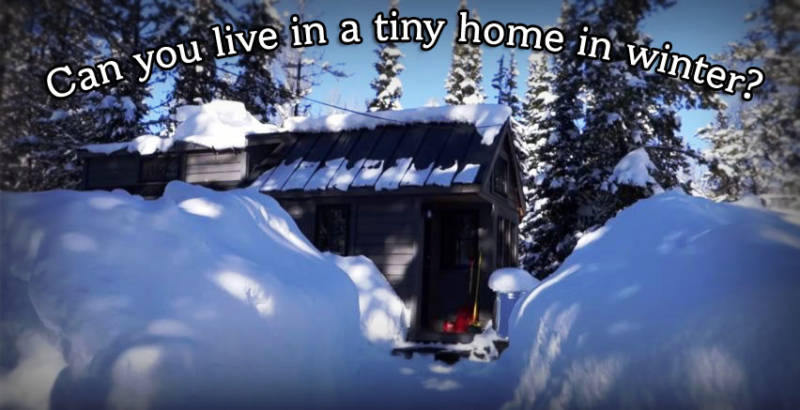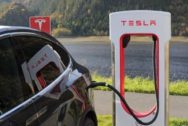
Can you live in a tiny house in winter?

The tiny house movement us huge (no pun intended), and is even becoming more mainstream. The fact that most of them are built on trailer chassis make them legal in many places where a non-mobile home would be illegal. Living year round in a tiny home means it’s going to be winter for you at some time unless you live in a southern latitude that doesn’t experience much or any cold weather. For the rest of us, it means you are going to have to deal with chilly air, snow, ice, cold wind and the such.
Fortunately it would seem that these tiny homes are built well for cold weather, being small they are usually easy to heat, in fact you often have to worry more about overheating your small space when keeping your digs toasty. If you have enough insulation, it doesn’t take much to heat your tiny space. Other than overheating, another problem is moisture, condensation. Propane heat usually generates moisture, we humans also generate moisture, living generates moisture, these tiny homes being well insulated as well as being tight, you have to be conscious of the amount of moisture in the air so that you aren’t creating problems.
Ariel C. McGlothin lives in a tiny home in Wyoming, a place known for beautiful vistas as well as cold temps in winter. She deals with snowfall, which she says her tiny home handles very well, with the steep pitch of her metal roof, it sheds the snow very readily and easily, she does have to shovel snow, to make paths to the various areas she needs to get to, as well as keeping various areas around her tiny home cleared for safety and access.
…
